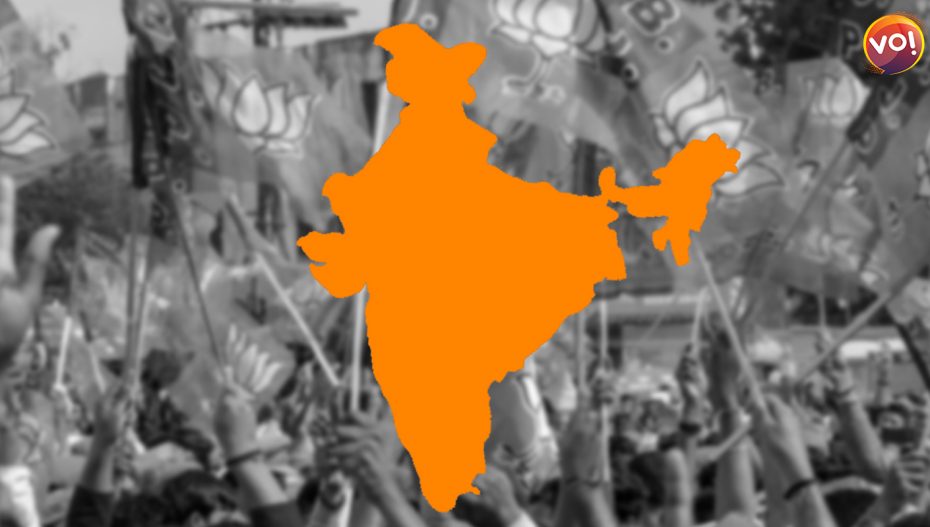Maps of five Municipal Corporations, six Municipalities, 16 District Panchayats and 29 Taluka Panchayats in Gujarat were redrawn right before the local government elections.
Political parties tend to derive their ideological and strategic relevance not only through the psyche of their demographic but also through the four pillars of democracy to either sustain their majority or create one. Be it Kashmir or Gujarat, the party in majority often excels by optimally calibrating its constituencies’ geo-demographical limits.
The delimitation of five Municipal Corporations, six Municipalities, 16 District Panchayats and 29 Taluka Panchayats of Gujarat was done right before the local government elections this year. The results in these constituencies are well stated by now. The role of the new limits of constituencies can be vital when done right with an aim to manipulate the demographic power which then turns into favourable votes.
The Gandhinagar municipal corporation has witnessed major changes in its ward maps over the decade. In 2011, there were 10 wards and 30 seats which was reduced to eight, each having four seats making it a total of 32 seats. The last election saw the addition of three wards and 12 seats making it a total of 44 seats.
The last delimitation exercise saw an addition of 17 villages and Pethapur Municipality. The villages which were added seem to imply that they heavily supported the saffron party. The maximum voter turnout (66.93%) was noted in the Kolawada-Vavol ward, which was previously not a part of the Municipal corporation’s constituency.
The seat reservation for females has also been inclining over the years which seems natural but has its undertones as the number of seats won by BJP women candidates have been a drastic force to help them draw the majority in these elections. BJP’s female candidates in this GMC election have won by healthy margins. In fact, Miraben Patel won the second-highest number of votes with 8,635 votes – just two votes less than her panel member Mahendra Patel from the Koba ward.
Whereas the number of caste-based reserved seats did not have any significant change in weightage following the increase in the number of total seats across GMC. This year, there were five seats reserved for the SC candidates, four for OBC candidates and a single seat for ST candidates. All the reserved seats were won by BJP candidates. The only alteration was a deduction of one ST seat from the previously reserved seats.
Regarding the voting percentage comparison, BJP is way ahead of its prime contender Congress. Out of the seven altered/added wards, ward 10 has a 40% margin, wards 1,8 and 9 have more than 20% margin and ward 2 and 7 have more than 10% margin among those leaning towards BJP. The numbers state the story.
In other local self-government elections, BJP came into power on five Zilla Panchayat seats out of the total eight. Whereas out of the 48 Zilla Panchayat seats, 28 were won by BJP. This implies the perseverance and prevalence of the party in the rural dimension of the state.
When the losing parties majorly claim the role of EVMs in their defeat, they tend to oversee this alteration in the geo-demographic volumes of wards which seemingly played a vital role in BJP’s historic win.











